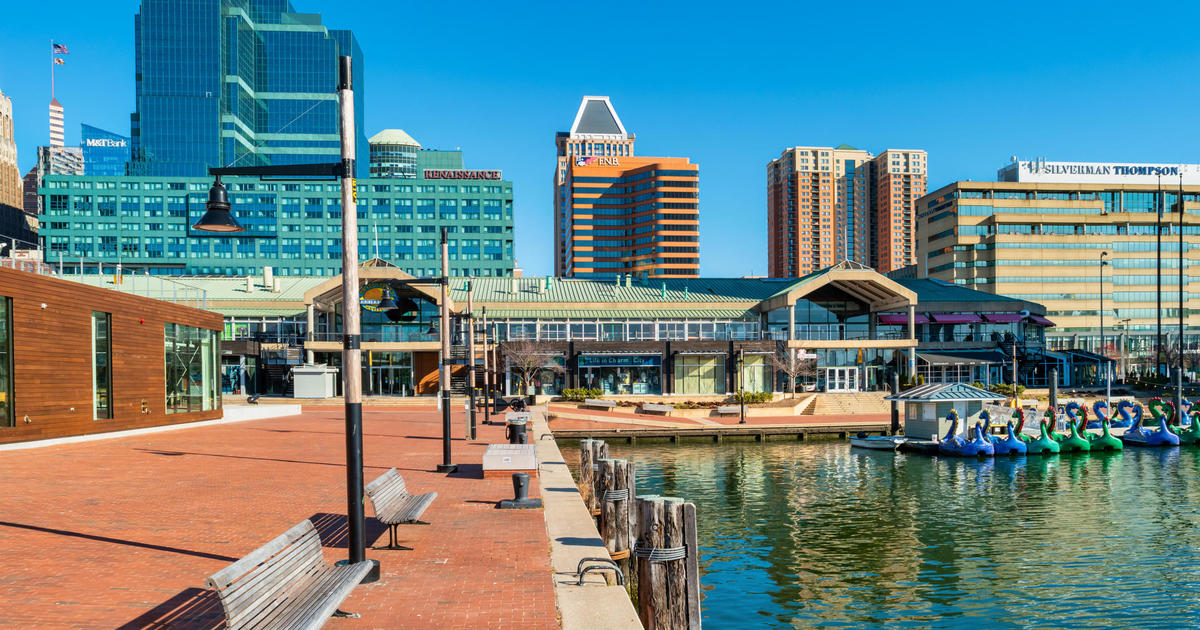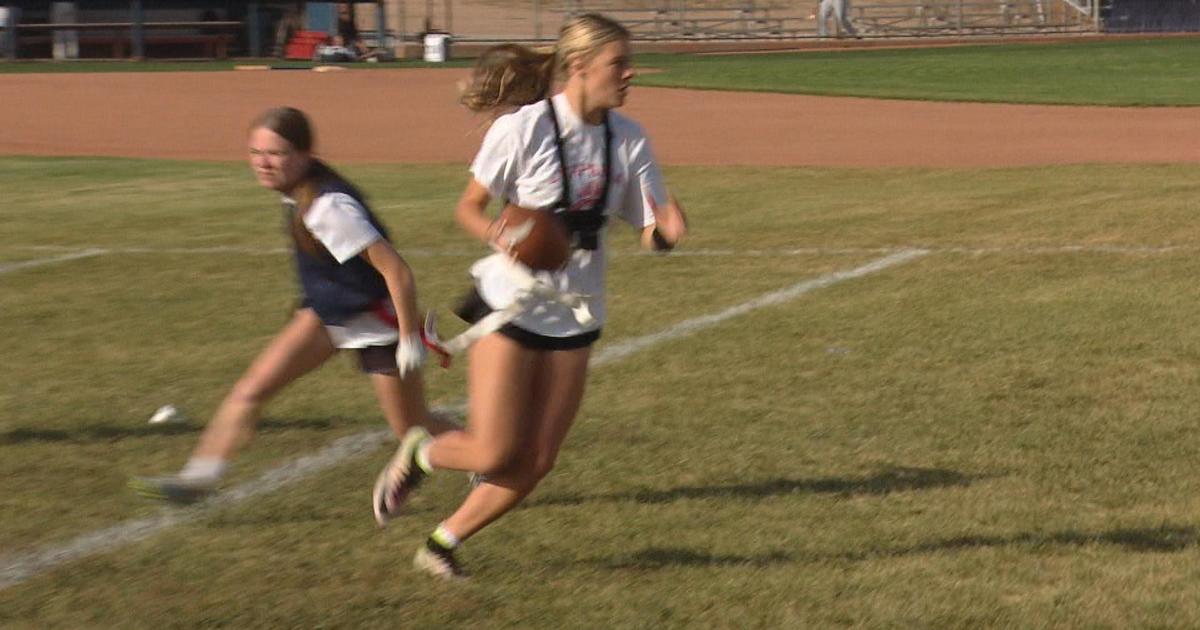Officers Hoof it in 'Hotspots' to Bridge Community Divisions
MICHAEL VIRTANEN, Associated Press
NEWBURGH, N.Y. (AP) — Two officers wearing bulletproof vests walk block after block through one of the toughest neighborhoods of this small city that has earned an oversized reputation for violence, with 55 shootings last year.
Nearly every third house they pass is boarded up. Others are strewn with trash. Some young men sitting on stoops give hard stares. But the officers keep moving, talking to dozens of residents as they pass.
"Where've you been? I've been worried about you." ''What's up, man?" ''Did you go to school today?"
Older residents seem happy to see them. Some ask them to stick around. Young children, herded by their mothers, wave and smile.
"You get more by being friendly than by being miserable," Officer Jeff Perez said.
Newburgh's push to exit squad cars for more frequent foot patrols is part of an effort in the state's violent crime hotspots to bridge the divide between poor urban communities and law officers suspected of picking unfairly on minorities. And it comes at a time when police killings of minority suspects anywhere — most recently in Columbus, Ohio; Tulsa, Oklahoma; and Charlotte, North Carolina — have the ability to create tensions on the street everywhere.
"It's affecting us. Things halfway across the country. It's crazy," said Officer Chris Tabachnick, Perez's partner on the foot patrol.
The foot patrols were done in pairs for safety, even before recent events, Lt. Richard Carrion said.
"There was a time in society they were hurting themselves and we were just the police," Perez said. "In this day in society, police are targets."
With about 28,000 people in nearly 4 square miles, this city 70 miles north of New York City consistently has one of the highest rates of violent crime in the state. Including the 55 shootings, it recorded four murders, 19 rapes, 128 robberies and 261 aggravated assaults last year.
Newburgh's 85-officer department shared a small part of the state's $13.2 million grants this year aimed at reducing violent crime, money that went to 20 police departments in 17 counties. One key emphasis of the 3-year-old program is ensuring that interactions between officers and individuals are respectful, fair and perceived that way.
"It's the face-to-face contact, meeting people as people on equal terms," said Michael Green, executive deputy commissioner of the state's Division of Criminal Justice Services, which administers the grants. "It's hard to do that with a police car."
At a bodega at the end of their route, Tabachnick pointed out a man whose brother was killed in a confrontation with police a few years ago and threatened revenge. And there was another who had been shot at but refused to say anything to police because he is skeptical of them.
Larry Williams, a retired warehouse worker sitting on a stoop by his house, bantered with Perez, who met him with a fist bump.
"I enjoy them," he said of the officers. "I don't know about the rest of the people."
Patrolling chronic "hotspots" is one of four "evidence-based approaches" the grants fund, this one aimed building trust in communities where the large majority of people aren't criminals, Green said. Another is "focused deterrence," putting more attention on chronic offenders.
Some past approaches, such as "zero tolerance" for minor violations, had unintended consequences of making some people in high-crime communities feel police were just looking for an excuse to pick on them.
While the results in Newburgh will take time to determine, they are already clear elsewhere, according to David Kennedy, a professor at the John Jay College of Criminal Justice.
He heads the National Network for Safe Communities, working with Newburgh and other cities to reduce gun violence and homicides through specific strategies with statistical backing.
"We know in a very solid way ... as perceptions of legitimacy, especially the legitimacy of the police, go down, particularly in troubled neighborhoods, crime, including violent crime, goes up," Kennedy said. "That is a measureable and measured phenomenon."
Kennedy said most violent crime is caused by less than 1 percent of people in chronic hotspots, particular street corners and blocks, not whole neighborhoods, where most people believe in the law.
"They very, very much want safety and security," he said.



